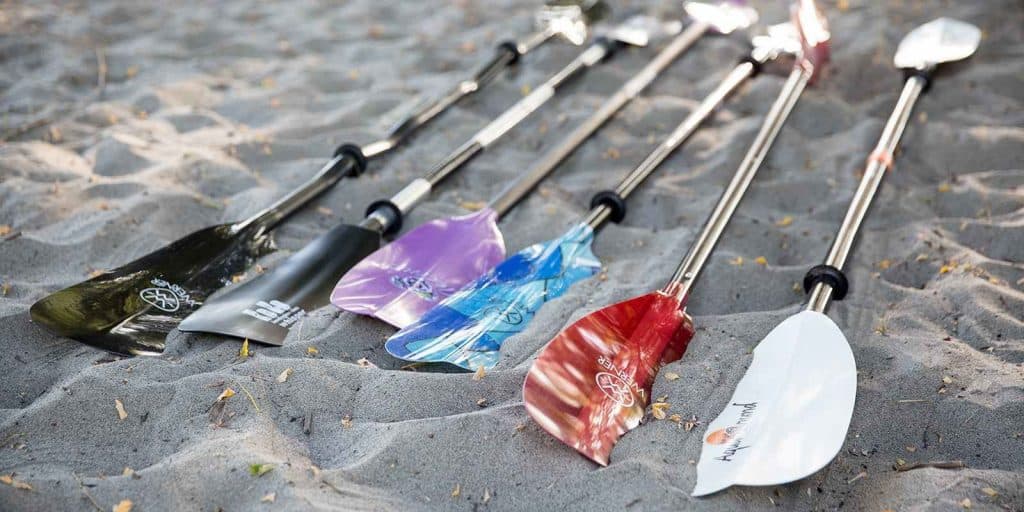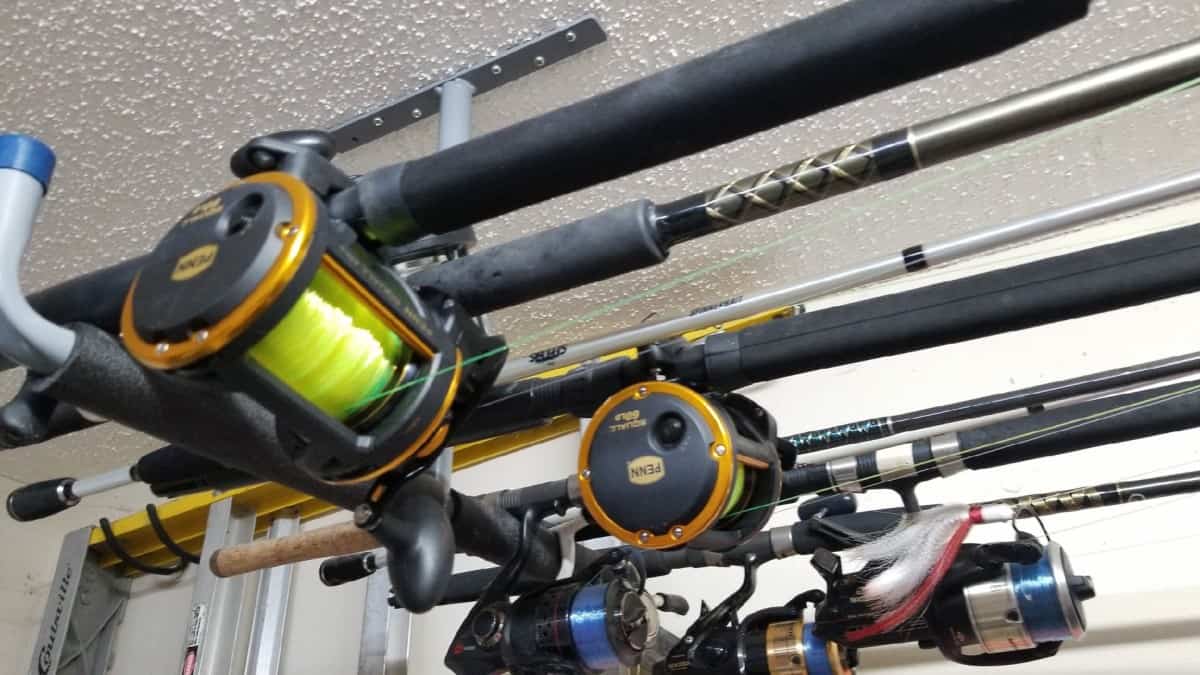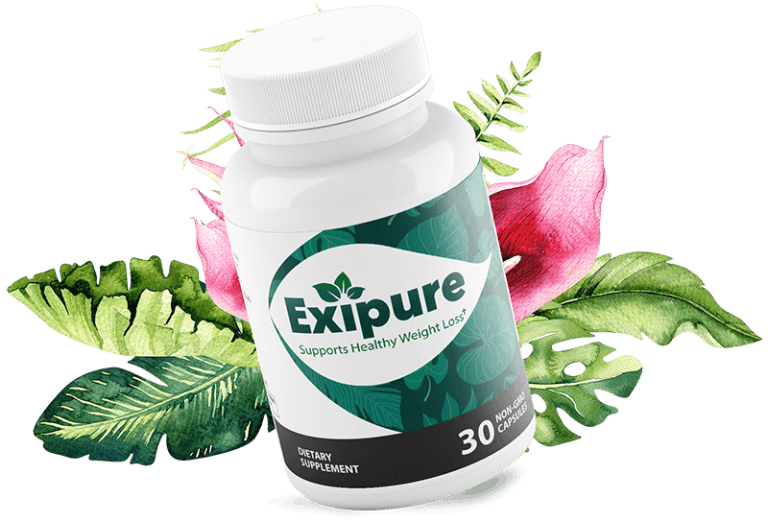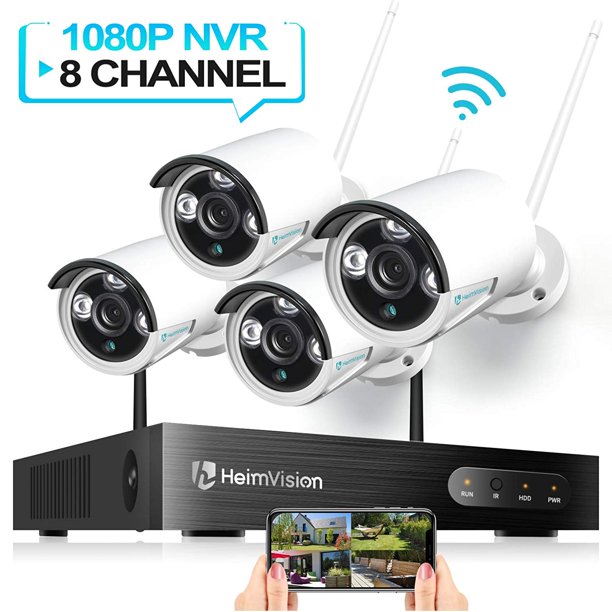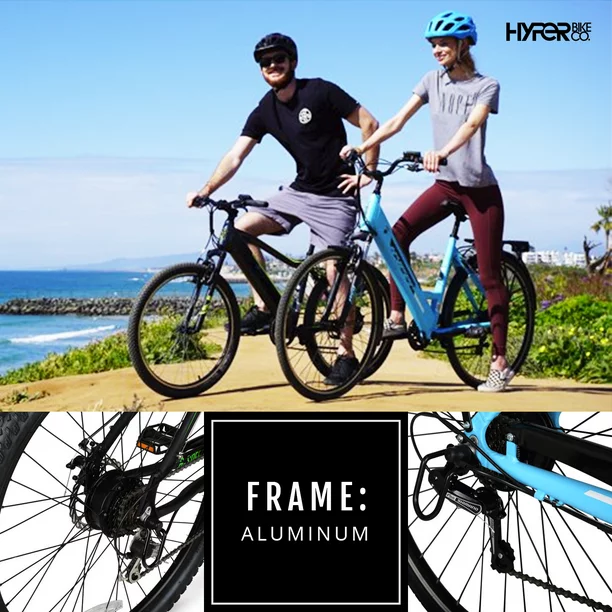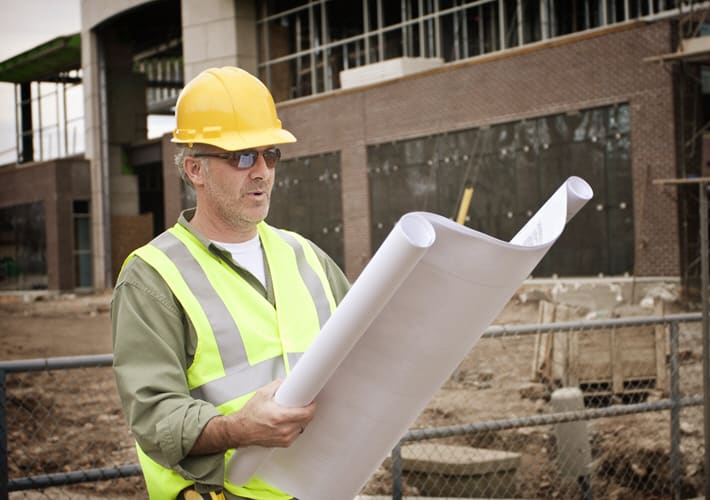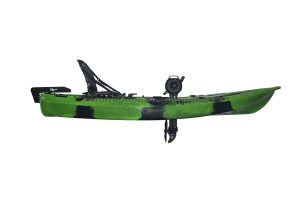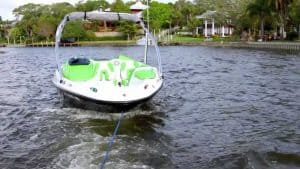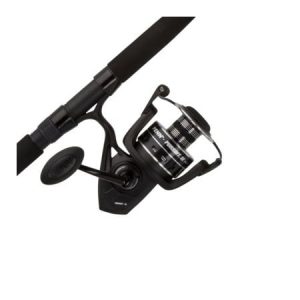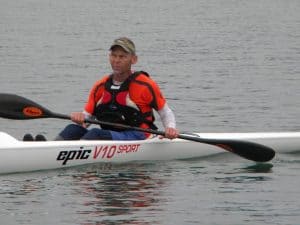Paddling your kayak is how you will be able to control your kayak and get from point A to point B. If for some reason you don’t know how to paddle and you didn’t take a class before you get into your kayak, you will be floating down stream, stressed not knowing how to control your kayak. I always suggest living by the boy scouts motto, “Be Prepared.” When you are prepared for paddling you took a class on paddling at a local kayak boat dealer. In Jacksonville Black Creek Outfitters has classes doing the week and a beginner class ever saturday morning.
Can I paddle a kayak like a canoe?
Paddling like your paddling canoe but your in a kayak you must understand the different styles of paddles and how they work to understand how to control kayaks when using a oar paddle. Here is some more information from outdoorsman.com:
The argument is that kayaks are easier to control and keep gear dryer, that is, if the driver does not overturn their kayak. Many kayakers feel that the two blades are better than the one found propelling a canoe. Kayaks handle rougher waters better than a canoe.
Kayaks will not get flooded with water and a canoe can take on water. If the kayaker is propelling their kayak in inclement weather, the boat helps to keep the driver protected. Kayakers are able to move and transport the boat easier due to its lightweight. The rudders on a kayak help to control the boat. Kayakers love the closeness to the water and the feel that their body is skimming under the water.
How many different paddle styles are there for kayaks?
There are over 10 different kayak paddles, length, materials, blade, shaft, nylon, plastic, fiberglass, carbon fiber, two-piece, four-piece, you can see how confusing it can get when choosing the right kayak paddle. I shopped at over 4 different online stores, and 3 local big box store in my city of jacksonville, florida.
Here is some more information from paddling.com:
- Length: Your boat width and your height determine your paddle length.
- Materials and price: Lightweight materials improve performance, but add to a paddle’s price.
- Blade choice: Your paddle’s blade size and shape affect its overall efficiency in the water.
- Shaft choice: A bent shaft or feathered blades can also improve a paddle’s effectiveness.
Blade Materials
The truism that saving weight raises both performance and price holds here, too. Because you raise your blade higher than your shaft, lightweight materials there pay off in greater fatigue reduction. Different blade materials also differ in how well they transfer energy to your stroke.
“Plastic” is a generic term here. In specs you’ll see variations like “polymer” or “polypropylene,” or plastic blends infused with nylon or fiberglass. Each might produce a modest gain in performance (and price). And “composite” is a catchall term for carbon-fiber and fiberglass.
Plastic/Nylon Blades
The low-price leader, plastic is often chosen by recreational paddlers who think it’s indestructible. It can crack, though, and degrades when left in the sun. Plastic’s flexibility might prevent it from snapping in two, but flexibility in the water sacrifices efficiency on your stroke.
Fiberglass Blades
In the middle of the price range, these offer excellent performance and durability. More lightweight than plastic, a fiberglass blade might chip, but it usually won’t crack all the way through. Rigid fiberglass blades are efficient in the water.
Carbon-Fiber Blades
If you’re willing to pay top dollar for top performance, go with carbon-fiber. Truly ultralight, it’s also ultrastiff for excellent energy transfer with each stroke.
Two-piece or four-piece? Both are designed to break down for easier storage. A model with a four-piece shaft simply has shorter sections, so it’s good if you’re hiking somewhere with a portable kayak or taking your paddle on a plane.
Small-diameter shafts offer a less fatiguing grip for paddlers with small hands. If you can’t touch your thumb and index finger together when you grab a paddle, this is you. Shafts aren’t made in multiple diameters: They’re either standard or small diameter.
Can I just use one paddle for the different paddling styles?
You can not use one paddle effectly for all paddling styles. Here is more information from paddling.com:
Big Blade Paddle vs. Wing Paddle
A few years ago I decided to enter a race. My goal was to go fast so I used my big blade sea kayaking paddle. I placed third in the race. The two kayakers who beat me were both using wing paddles. I was fifteen and forty seconds behind the two paddlers ahead of me. Prior to that time I had used a wing paddle on short test paddles. Olympic medalist, Greg Barton, told me that wing paddles increase performance by 3% to 5% compared to euro-paddles. If that increase were true I would gain about two minutes in that one-hour race. I had to find out for myself.
At the same time I was also getting more involved with Greenland style paddling. It was interesting to hear the many different opinions about paddle performance as I explored and filmed my strokes video. I was told that a Greenland paddle performs as well as a large euro blade paddle. I heard that from an avid Greenland paddler. Over the years, I have heard numerous opinions about blade size and shape with respect to speed. Since I was doing a strokes video I knew I had to get definitive answers for myself.
Through my 30 years of kayaking experience and observation I believed that bigger blades produced more speed versus narrower blade paddles. In addition, since world records we being set with wing paddles, I accepted they were the ones that would yield the most speed. However, I wanted to be more scientific and definitive about the differences rather than relying on observation and hear say.
I decided to test three different paddles
I decided to test different paddles under similar conditions. I tried to control the major factors. I used the same kayak. I paddled the same route using a GPS and my stopwatch. My route was 1.25 miles long (one lap around the lake). I would paddle four &/or five laps around the lake per workout. I would change my paddle after each lap. On each training day I changed the order of use of each paddle. The two factors I could not control were the wind and my energy levels. I figured if I were the common denominator with the same kayak I would see a trend in performance results from the different paddles.
I decided to compare three different paddles. My Tuktu Greenland paddle (Tuktu eight feet long x 3 & 3/8″ wide), my big blade paddle (Werner Corryvrecken) and my wing paddle (Epic mid size wing). I felt these three paddles would give me a great comparison since they represent three different styles of blade. The narrow Greenland blade, the wide blade euro-paddle and the racing blade give a fair representation of the different blade styles. As a side note, I have previously determined that my top speed with a euro-paddle was with my wide blade paddle compared to two different euro-paddles with narrower blades.
I paddled at least three days a week, for a couple of months, recording my comparisons. Again, I rotated the order of my paddle use so each paddle would be used on different legs of the training day. On a few days I did two laps per trial instead of one. My measurements were simple. I had a fixed distance, confirmed by my GPS. Rather than trust the GPS rate indicator, I divided the distance by my lap time gathered from my stopwatch. This gave me a more precise paddling speed.
Plotting My Results
I plotted the results and I found a definite trend in my training times that were fairly consistent. Of course windy days lowered training times, but the wind equally affected the different paddles. The non-windy days were very consistent regarding training times.
My top average training speed with my Greenland paddle was 5.7 mph.
The next higher pace was with my big blade euro-paddle at 5.9 mph.
The highest average pace was 6.1 mph with my wing paddle.
I was seeing an increase of 3% to 4% by using my wing compared to my wide-blade euro-paddle. As I mentioned early, I was told that wing blades could increase performance 3% to 5% and my increase was 3% to 4%.
By showing you this story above you can see how differnt paddles give you different results in speed of moving forward and how tired you might get from padding. Some paddling will make you tired more then other so its important to do your research and look for the right paddle for your kayak.
Visit our Sponsors:
